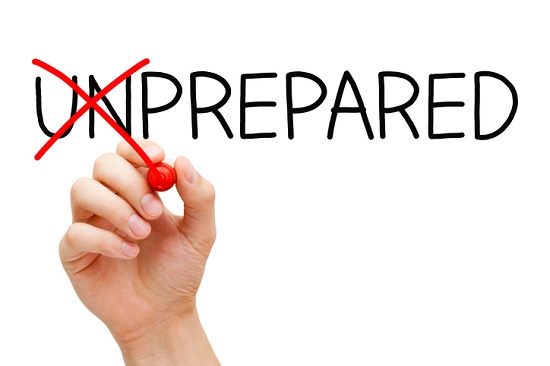
If you need new hearing aids, you must understand that it’s a bit of an intensive, individual process. No two patients are alike in their hearing aid needs, and there are many models and options to consider. Your hearing care professional can guide you all along the way.
Here’s how to plan for every step of the process.
Before your appointment
At your hearing test, your hearing care professional will test your hearing, review the results, and help you decide if hearing aids are right for you. The best thing you can do before your appointment is come up with a list of pressing questions to review with your hearing care professional.
Here are some of the questions you’ll want to cover:
What type of hearing loss do I have? Is it mild, moderate, severe, or profound?
Would hearing aids be helpful, and do I need one for both ears?
Which hearing aid is best for my needs? How can I balance features with cost?
What payment options are available? (Insurance, credit, state programs, installments etc.)
During your appointment
If the results of your hearing test come back normal, you may not need to get hearing aids, and you’ll have a baseline test to compare future hearing tests.
If the results indicate some level of hearing loss, and that you can benefit from hearing aids, your hearing care professional will review your options with you.
In selecting a hearing aid, there are several variables to consider. Make sure you cover these questions with your hearing care professional:
Programmability – most hearing aids are digital and programmable so that they can be programmed to match your exact type of your hearing loss. Do not allow someone to sell you hearing aids right out of the box because they probably won’t give you the best results.
Style – hearing aids come in several sizes and styles, from models that sit behind the ear to models that fit entirely within the ear canal. You’ll want to balance price, ease-of-use, functionality, and aesthetics in making your decision.
Wireless connectivity – several hearing aid models can communicate wirelessly to compatible smartphones. That way, you can discreetly adjust volume and settings, send phone calls directly to your hearing aids, and even stream music all without any wires or the need for a separate hearing aid remote control.
Advanced features – some hearing aids come equipped a host of technologically-advanced features, like directional microphones to enhance speech, background noise reduction, environmental settings, and telecoils for clearer phone calls. You may also want to forgo some of these options and opt for a more cost-effective model.
Your hearing care professional should help you through each of these questions and considerations so you can make the best choice of hearing aids for you. Of course, if someone tries to steer you to a decision without addressing these questions, that should be a red flag.
Hearing aids at home
Once you’ve selected your hearing aids and had them programmed by your hearing care professional, you’re ready to bring them home. But you should keep two things in mind.
First, you probably won’t adore your hearing aids immediately. You’ll likely be hearing sounds you haven’t heard in a while, and the overall sound will just seem “off.” This is perfectly normal and, after a few weeks, will subside.
We recommend starting small at home. Try watching a movie and paying particular attention to the dialogue, engage in one-on-one conversations in a quiet room, and try listening to music and picking out or following certain instruments.
Even though it may be uncomfortable at first, you should try to wear your hearing aids as much as you can throughout each day, putting them in when you wake up and taking them out before bed. This will speed the adjustment process along, and after a few weeks, you’ll wonder how you ever got along without your hearing aids.
Also remember that your hearing aids can be adjusted, so if you continue to have difficulty hearing or adapting to the new sound, schedule a follow-up visit with your hearing care professional to fine-tune the settings.
Second, to ensure continued performance, you’ll need to properly maintain and care for your new hearing aids. This means daily cleaning, proper storage, and managing your battery supply.
You can ease your adjustment process to hearing aids by gearing up with the right tools and following all of the proper care protocols. Get hearing aid cleaning kits, storage cases/sanitizers, and batteries and follow all of the tips from your hearing care professional.
After a short period of adjustment, you’ll be prepared to enjoy the all the benefits of better hearing. If you have any other questions about hearing aids, or the process of acquiring them, give us a call!
